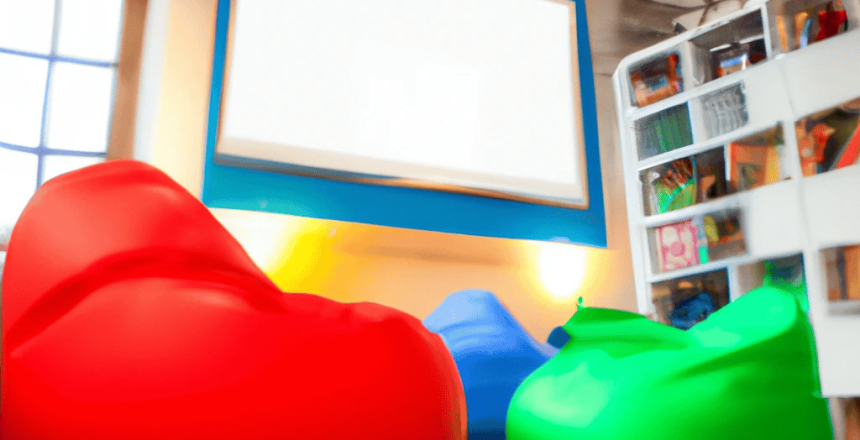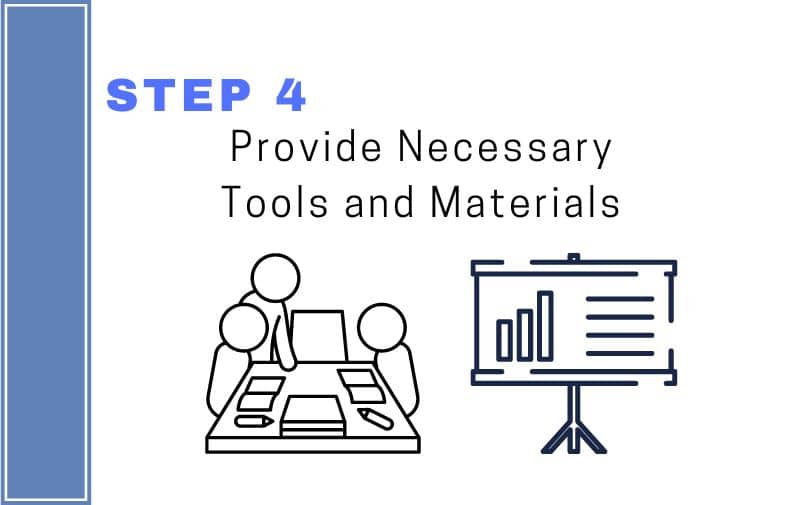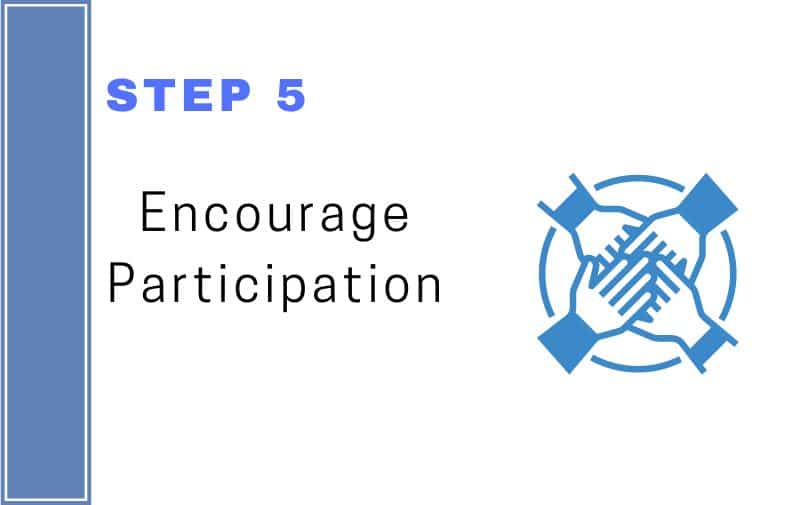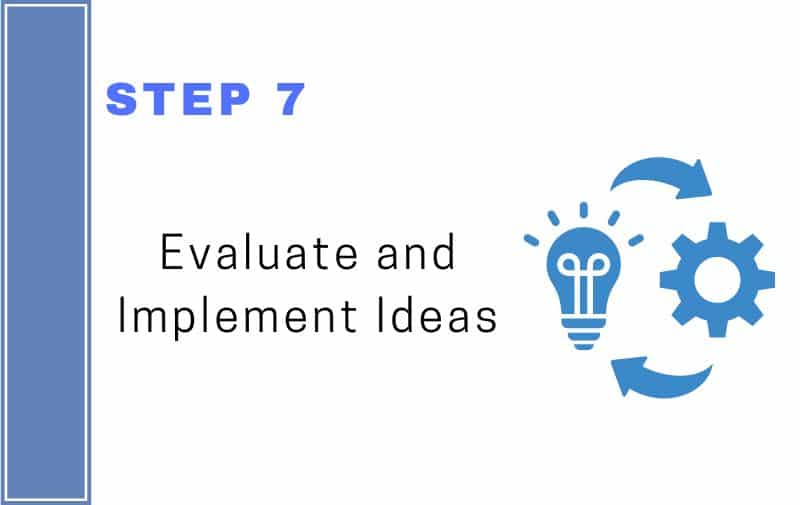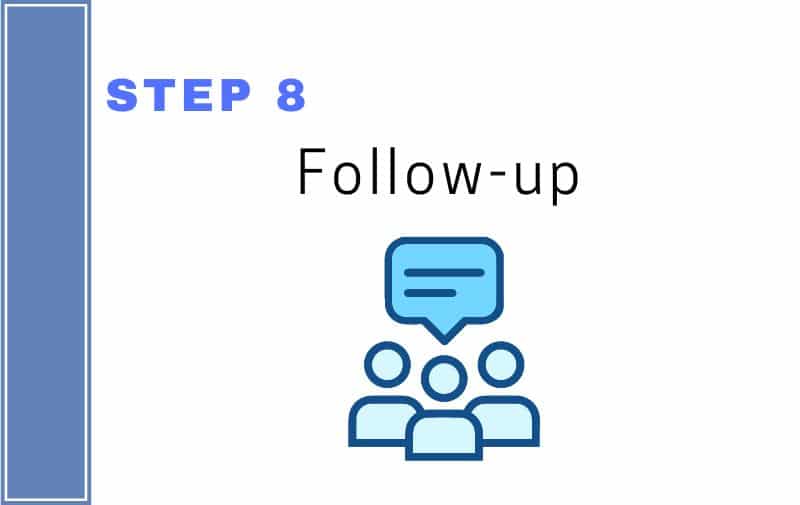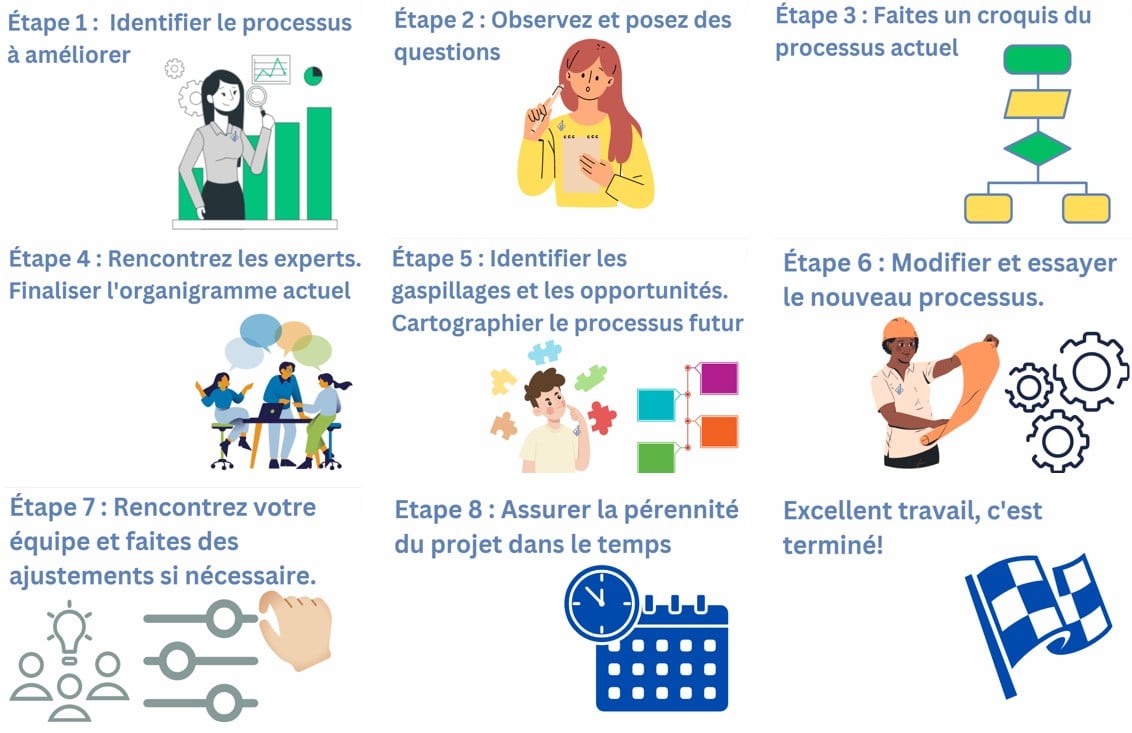Are you looking to enhance creativity and collaboration within your team? Look no further than creating a brainstorming room for your business!
Here is a step-by-step guide to help you create a space that will inspire, motivate, and drive results.
From defining the purpose of the room to selecting the perfect location, setting the tone, and providing the necessary tools and materials, our guide will help you create a brainstorming room that is tailored to your team’s specific needs.
Plus, with tips on encouraging participation, facilitating idea generation, evaluating and implementing ideas, and continuously improving, your team will be generating innovative and impactful ideas in no time.
So, let’s get started and unleash creativity within your team!
Step 1: Define the Purpose of the Brainstorm Room
When it comes to building a brainstorming room, step one is defining the purpose of the space. This means taking the time to think about what specific goals and objectives you want to achieve by creating the brainstorming room.
For example, you might want to use the space for idea generation for a new product or project, problem-solving, or team-building.
It’s important to have a clear purpose in mind before you start planning the space because it will help you make decisions about things like layout, furniture, and equipment.
Let’s say that the primary purpose of the brainstorming room is to generate new ideas, then you might want to create a space that is visually stimulating and encourages free thinking.
On the other hand, if the main goal is team-building, you might want to design a space that promotes collaboration and communication.
Defining the purpose of the brainstorming room is also crucial when it comes to measuring the success of the space.
By having clear objectives in mind, you will be able to track progress and make adjustments as needed.
Overall, taking the time to define the purpose of the brainstorming room is the first and most important step in creating a space that will be valuable for your team and your business.
Step 2: Select the Perfect Location
The location of the space is incredibly important as it can greatly impact how well the brainstorming room serves its intended purpose.
It is essential to choose a room or space that is easily accessible to all team members, as this will ensure that everyone has the opportunity to use the space and participate in brainstorming sessions.
When it comes to selecting the location, there are a few things to keep in mind.
Firstly, it’s important to choose a spot that has good lighting and ventilation. We have covered all the details about lighting the room to upgrade productivity in another article. A well-lit room with good airflow will not only be more comfortable for team members, but it will also help to keep everyone alert and focused.
This is particularly important during brainstorming sessions, as the team will need to be able to think clearly and creatively.
Another important consideration is the level of distractions in the area. It’s best to choose a location that is free from noise and other distractions that could disrupt brainstorming sessions.
For example, a room that is located near a busy street or a loud office area may not be the best choice. Instead, opt for a space that is relatively quiet and private, where team members can focus on their work without interruptions.
In summary, selecting the perfect location for a brainstorming room is essential to its success. By choosing a room or space that is easily accessible, well-lit, well-ventilated, and free from distractions, you can create an environment that is comfortable and conducive to creativity and innovation.
Step 3: Set the Tone
Step 3 in building a brainstorming room is the MOST IMPORTANT step of all!
This is where we take the room from a bland space to a haven of creativity and inspiration. We’re talking about creating an environment that is perfect for letting those brilliant ideas flow.
When it comes to seating, comfort is key. That’s why we recommend investing in adjustable desks and chairs. You can look at the Amazon Basics Classic Mid-Back Office Desk Chair. These allow team members to adjust the height and angle of the seat to their liking, which can help to reduce fatigue and promote comfort during brainstorming sessions.
But we don’t stop there, we also want to add bean bags, Head-rest pillows, and other comfortable seating options that encourage relaxation and help team members think more creatively.
A whiteboard or chalkboard for brainstorming is a MUST, it’s the perfect tool for encouraging team members to think outside the box and share their ideas clearly and visually.
And let’s not forget about the power of color and inspiration! Incorporating colorful or inspirational artwork or decor into the space is going to elevate the room to a whole new level.
It’s going to create a visually stimulating environment that inspires team members to think creatively, and that’s what we want!
It’s where the magic happens!
Step 4: Provide Necessary Tools and Materials
This step is where we make sure that we have all the tools and materials necessary to make our brainstorming sessions SUCCESS. And let me tell you, this step is CRUCIAL.
Without the right tools and materials, our team members are going to be limited in their ability to share and develop their ideas.
First things first, we need to make sure that we have plenty of pens, markers, and highlighters on hand. I recommend the Sharpie Clear View Highlighter Stick Pens. These are perfect for brainstorming sessions because they have a clear tip that allows team members to see what they’re highlighting, even on colored paper. Plus, the ink won’t smudge or smear, so team members can focus on the task at hand.
Sticky notes are a must-have. They are perfect for jotting down quick ideas and for organizing information on a whiteboard or wall. I recommend the Post-it Super Sticky Notes, which are ideal for brainstorming sessions because they stick to almost any surface and can be easily repositioned.
And let’s not forget about the importance of a projector or screen for presentations. This is a key element for brainstorming sessions, it allows team members to share their ideas and presentations clearly and visually, and with Amazon Basics Portable Foldable Projector Screen, you’ll have a great option for this.
In short, step 4 is where we make sure that our team members have everything they need to brainstorm effectively.
By providing pens, markers, sticky notes, and a projector or screen, we’re giving them the tools and materials they need to share and develop their ideas. And with this step, we’re setting the stage for a successful brainstorming session.
Step 5: Encourage Participation
Step 5 is where we create a culture of open communication and encourage participation. And let me tell you, this step is VITAL for the success of our brainstorming sessions. When team members feel comfortable sharing their ideas, the brainstorming process becomes more dynamic and effective.
First things first, we need to assign specific roles or facilitators. This means that we need to have someone responsible for leading the brainstorming session and keeping things on track. This person should be able to create a relaxed and open environment, so that team members feel comfortable sharing their ideas.
Next, we need to set ground rules for brainstorming sessions. This means that we need to establish some basic guidelines for how team members should participate in the process. For example, we can establish a rule that everyone should have a chance to speak, or that everyone should be respectful of other people’s ideas. By doing so, we’re creating a culture of open communication and encouraging participation.
But it’s not just about setting rules, it’s also important to create an environment that is comfortable and welcoming. You can use bean bags or other comfortable seating, such as Amazon Basics Bean Bag Chair, to create a relaxed atmosphere. This will help team members to feel more at ease and to focus on the task at hand.
In short, step 5 is where we create a culture of open communication and encourage participation. By assigning specific roles or facilitators and setting ground rules for brainstorming sessions, we’re creating an environment where team members feel comfortable sharing their ideas. And by doing so, we’re setting the stage for a successful brainstorming session.
Step 6: Facilitate Idea Generation
This is where we take all the preparation and planning from the previous steps and put it into action. This is where we facilitate idea generation and let me tell you, it’s an exciting process!
The key to facilitating idea generation is to use techniques that stimulate creativity and help team members think outside the box. There are a few particularly effective techniques, such as mind mapping, free writing, and lateral thinking.
Mind mapping is a technique that involves creating a visual representation of ideas and connecting them in a non-linear way. It’s a great way to organize thoughts and see connections between different ideas. There are many online mind mapping tools available such as XMind or MindNode, and Lucid Chart that can be used for this purpose.
Free writing is another technique that can be used to generate new ideas. It involves writing down whatever comes to mind without any editing or censorship. It’s a great way to get the creative juices flowing and overcome writer’s block.
Lateral thinking is a technique that involves looking at a problem or challenge from a different perspective. It’s a great way to generate new and innovative ideas, and it can be done by using tools such as the Six Hats of Lateral Thinking, which is a method developed by Edward de Bono.
By using techniques such as mind mapping, free-writing, and lateral thinking, we can help team members generate new and innovative ideas. And by doing so, we’re setting the stage for a successful brainstorming session.
In short, step 6 is where we take all the preparation and planning from the previous steps and put it into action. By using techniques such as mind mapping, free-writing, and lateral thinking, we can help team members generate new and innovative ideas. It’s an exciting process that leads to breakthroughs, new ideas, and new perspectives.
Step 7: Evaluate and Implement Ideas
At this crucial step, it’s important to remember that every idea, no matter how big or small, has the potential to drive success. That’s why it’s essential to take the time to evaluate and assess each idea with a keen eye and an open mind. By using tools such as the AmazonBasics Three-Ring Binder, you can easily organize and keep track of the ideas, making it easier to evaluate and implement the best ones.
But evaluating and implementing ideas is not just about crossing tasks off a checklist. It’s about bringing new perspectives to the table, fostering collaboration, and encouraging out-of-the-box thinking.
This is the time when we take the sparks of inspiration and turn them into reality. So don’t be afraid to take risks, be bold, and make it happen! Because with a well-executed plan, your brainstorming room will be the driving force behind your company’s growth and success.
Step 8: Follow-up
Step 8 is all about taking action and making sure that the ideas generated in the brainstorming room are not just left hanging, but are put into practice. Following up on the progress of the ideas and the brainstorming room itself is key to ensuring that the environment remains productive and valuable to the team.
Scheduling regular follow-up sessions are an essential part of the process, allowing you to assess the progress of the ideas and make any necessary adjustments. It’s also an opportunity to see what’s working and what’s not and adjust the brainstorming process accordingly.
A great way to keep track of these follow-up sessions is by using tools like the Amazon Basics Daily Planner. This will allow you to schedule and organize follow-up sessions, and easily track progress, ensuring that the brainstorming room is meeting its goals.
But the follow-up isn’t just about checking items off a list. It’s about keeping the momentum going, staying engaged, and continuously pushing for greatness. It’s about fostering an environment of continuous growth and improvement. And that’s what truly makes a brainstorming room successful.
Step 9: Continuously Improve
Creating a culture of continuous improvement is essential to making the most of your brainstorming room. Reflecting on each brainstorming session and making adjustments to optimize the brainstorming experience is crucial for the success of the brainstorming room.
One way to do this is by keeping track of what works and what doesn’t work and making adjustments accordingly. This can be done by using a Whiteboard Eraser and Marker Holder, a set of Dry Erase Markers, and a Magnetic Dry Erase Board with a Stand, which can be found on Amazon.
By doing so, you’ll be able to constantly improve the brainstorming experience, leading to increased creativity and collaboration within your team.
This is the key to achieving your goals and making the most of your brainstorming room.
It’s a never-ending process of tweaking, experimenting, and perfecting, but it’s worth it to see the fruits of your team’s labor. Keep pushing the boundaries, and you’ll be amazed at what your team can achieve.
Conclusion
In conclusion, by following these steps, you’ll be able to create a brainstorming room that will enhance creativity and collaboration within your team.
It’s an investment that will pay off in the long run and will lead to new and innovative ideas that will take your business to the next level. So go forth and start brainstorming!
Bibliographic Sources :
- This blog post was written with the assistance of an AI language model, specifically ChatGPT. While the model generated the initial content, it has been extensively revised, edited, and fact-checked by the author to ensure accuracy and compliance with Google’s guidelines. The author takes full responsibility for the final product and any errors or inaccuracies that may remain.

